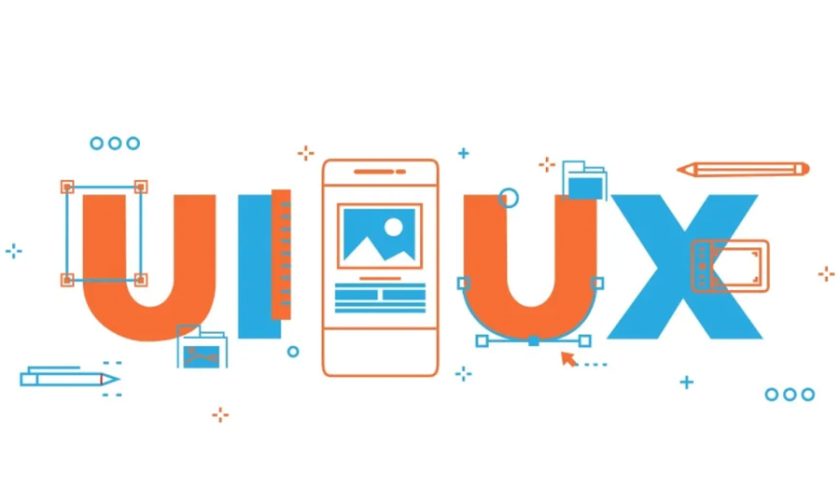In the dynamic world of UI/UX design, where user preferences and technologies evolve rapidly, adopting a human-centered approach is paramount. Design thinking offers a structured methodology that puts the user at the heart of the problem-solving process, making it an invaluable framework for aspiring designers to learn in a UI/UX design course in Mumbai. In this blog post, we’ll delve into the principles of design thinking and explore how it applies to UI/UX design, emphasizing the importance of empathy, ideation, and iteration in creating meaningful user experiences.
Understanding Design Thinking
Design thinking is not merely a methodology; it’s a mindset that fosters empathy, creativity, and collaboration to solve complex problems. At its core, design thinking revolves around understanding the needs and motivations of users to develop innovative solutions that address their pain points effectively.
The design thinking method is often divided into five stages: empathize, define, ideate, prototype, and test. Each stage encourages designers to approach problems from a user-centric perspective, iterate on ideas, and validate assumptions through user feedback.
Empathizing with Users
The first stage of design thinking, empathy, is foundational to creating user-centric designs and is a critical aspect taught in a UI/UX design course in Bangalore. It involves immersing oneself in the user’s environment, observing their behaviors, and actively listening to their needs and challenges. Empathizing with consumers provides UI/UX designers with vital insights into their motivations, preferences, and pain points, which are then used to inform the design process.
For example, imagine you’re designing a mobile app for budget management. Through user interviews and observation, you discover that many users struggle with complex interfaces and overwhelming financial terminology. This empathy-driven insight, emphasized in UI/UX design courses in Mumbai, guides you to simplify the app’s navigation and use plain language to enhance usability.
Defining the Problem
Once designers have gathered insights through empathy, the next step is to define the problem statement. This stage involves synthesizing user research findings to identify the core issues and opportunities for improvement. By framing the problem in a clear and actionable manner, designers set the stage for ideation and solution generation.
In our budget management app example, defining the problem might involve pinpointing specific pain points such as confusion over expense categorization or difficulty in setting financial goals. This focused problem statement serves as a guiding principle for subsequent design decisions.
Ideating Creative Solutions
With a well-defined problem statement in hand, designers enter the ideation phase, where creativity takes center stage. Ideation sessions encourage brainstorming and exploration of diverse ideas, regardless of feasibility at this stage. By fostering a culture of experimentation and open-mindedness, designers can uncover innovative solutions that address user needs in unexpected ways.
In the context of our budget management app, ideation could involve sketching out various interface layouts, exploring different visualization techniques for financial data, or even gamifying the budgeting process to increase user engagement.
Prototyping and Iterating
Prototyping is a crucial step in the design thinking process, allowing designers to transform ideas into tangible representations that can be tested and refined. Prototypes can range from low-fidelity wireframes to high-fidelity interactive mockups, depending on the stage of development and the level of detail required.
In the case of our budget management app, prototyping may involve creating clickable prototypes to simulate user interactions and gather feedback on usability. Through iterative testing and refinement, designers can identify pain points early in the design process and make informed decisions to improve the user experience.
Testing with Users
The final stage of design thinking, testing, brings the design full circle by validating solutions with real users. Testing involves gathering feedback through usability testing, surveys, or focus groups to evaluate the effectiveness of the design in addressing user needs and achieving business goals.
In the context of our budget management app, testing could involve conducting usability tests with target users to assess the app’s ease of use, clarity of information, and overall satisfaction. Based on user feedback, designers can refine the design iteratively until it meets user expectations and delivers value.
Integrating Design Thinking into UI/UX Design Courses
As the demand for skilled UI/UX designers continues to grow, integrating design thinking principles into UI/UX design courses is essential to equip aspiring designers with the mindset and tools necessary to succeed in the field. By emphasizing empathy, creativity, and iterative problem-solving, UI/UX design courses can empower students to create user-centric designs that make a meaningful impact.
For instance, a comprehensive UI/UX design course in Pune could incorporate hands-on exercises, case studies, and real-world projects that challenge students to apply design thinking principles in diverse contexts. By immersing students in the end-to-end design process—from user research to prototyping and testing—educators can instill a deep understanding of the value of human-centered design in UI/UX practice.
To summarize, design thinking provides a human-centered approach to problem solving that is ideal for the dynamic and user-centric nature of UI/UX design. Empathy, iteration, and collaboration may help designers build meaningful user experiences that resonate with their audience. Integrating design thinking principles into UI/UX design courses is crucial for preparing the next generation of designers to face difficult challenges and drive innovation in the digital environment.


